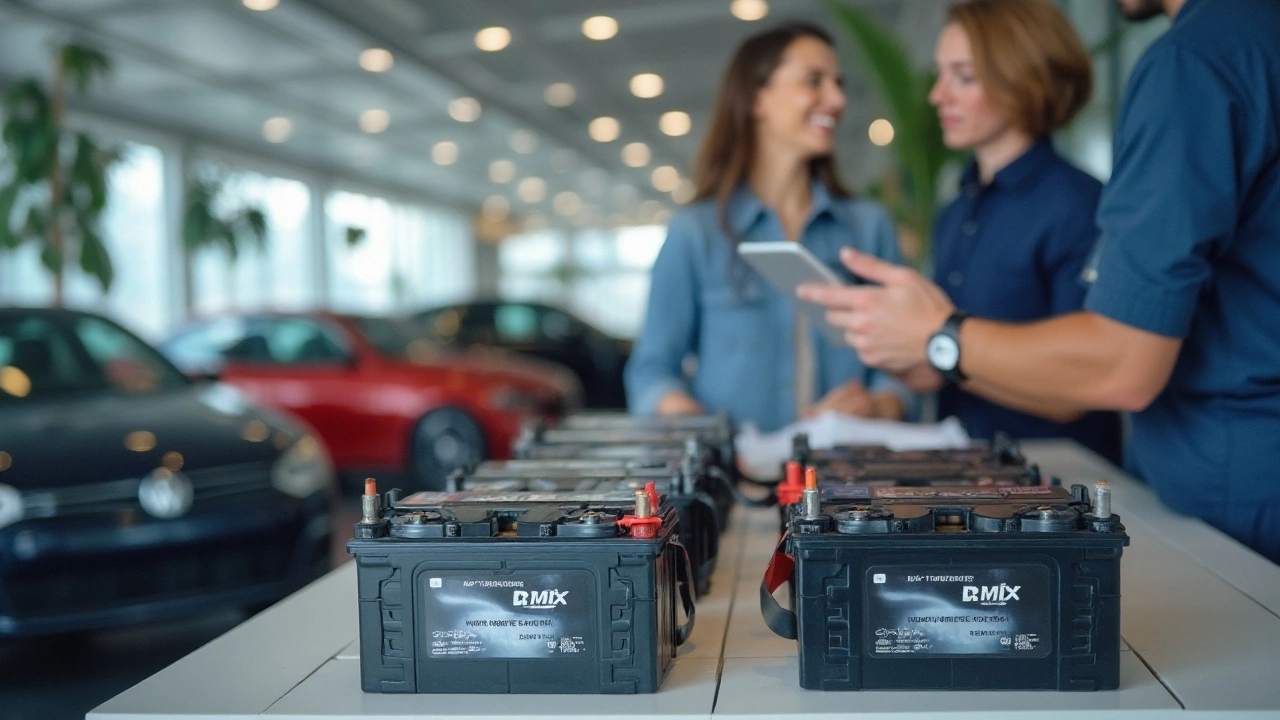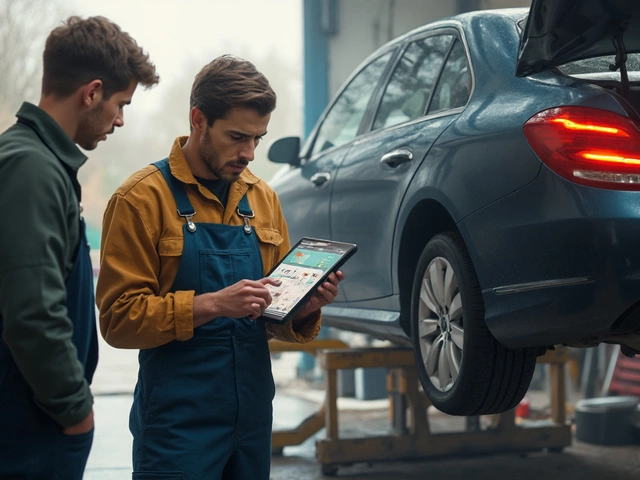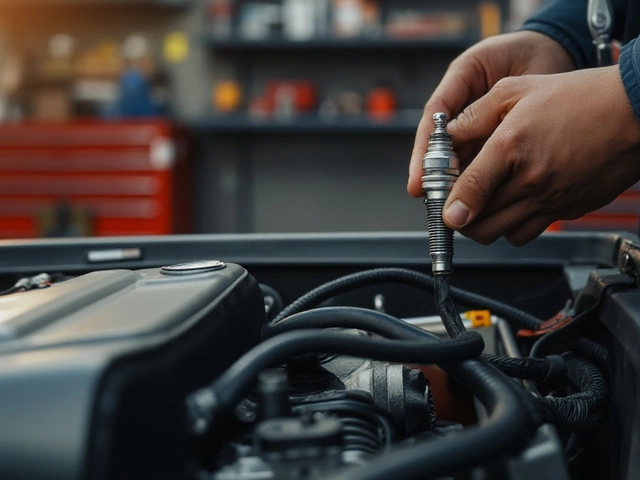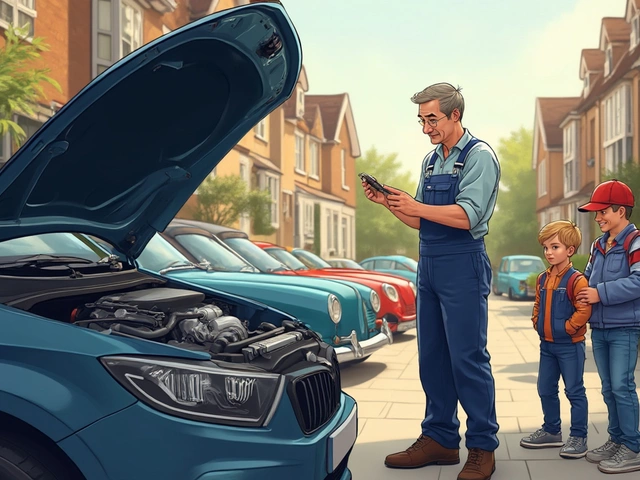Battery Replacement: When to Change, How to Do It, and What to Expect
If your car stalls, lights dim, or the engine cranks slowly, the battery might be on its last legs. Knowing the signs early can save you a tow and a pricey repair bill. In this guide we’ll break down the most common warning signs, the best time to replace the battery, and a simple DIY process you can follow at home.
Spotting the Warning Signs
First up, look for the obvious clues. A slow‑turning starter, a clicking sound when you turn the key, or a dashboard warning light are all red flags. If you notice the battery leaking fluid or the case looks swollen, it’s definitely time for a swap. Another easy test is the “headlight test” – turn the lights on; if they dim when you start the engine, the battery isn’t holding a charge.
Sometimes the battery is fine but the connections are corroded. A quick visual check of the terminals can reveal white or green crust. Cleaning those spots with a wire brush often restores power and can be done in minutes.
How to Replace Your Car Battery
Replacing a battery isn’t rocket science, but you should follow a few safety steps. First, turn off the ignition, remove the keys, and disconnect the negative (-) cable before the positive (+) one. This order prevents short circuits.
Next, loosen the hold‑down clamp that secures the battery. Carefully lift the old unit – it’s heavy, so use both hands and keep the tray level to avoid spills. Compare the new battery’s size, terminal positions, and cold‑crank amp rating with the old one; they need to match.
Place the fresh battery in the tray, tighten the hold‑down, and reconnect the positive cable first, then the negative. Give each connection a firm twist; you should hear a click if the clamp secures properly. Finally, start the engine. If it turns over smoothly and the lights stay bright, you’ve done it right.
Most DIYers finish the job in 20‑30 minutes and spend around £50‑£100 on a standard replacement. Premium batteries with longer warranties cost more, but they can last up to five years if you keep the terminals clean and avoid short trips that don’t fully charge the system.
After the swap, it’s a good idea to reset any electronics that may have lost power – radio presets, clock, and seat memory settings often need re‑programming. Keep the old battery for recycling; many auto parts stores will take it for free.
If you’re not comfortable handling the battery yourself, a quick visit to Northwich Tyres Centre will get the job done. Their technicians can fit the battery, check the charging system, and even perform a free test on the alternator to ensure everything works together.
Bottom line: pay attention to the early symptoms, replace the battery before it dies completely, and follow the simple steps above for a safe DIY swap. Your car will thank you with reliable starts and smoother drives.
 18 January 2025
18 January 2025
Discovering the Right Car Battery: A Guide to Powering Your Ride
Choosing the correct battery for your car involves understanding various factors such as the vehicle's make, model, and specific power needs. A car battery is essential to keep your vehicle running smoothly and efficiently. This guide will help you decipher the different types of car batteries available and how to choose the right one. It will also cover some vital tips to extend your battery's life and how to maintain it properly.






0